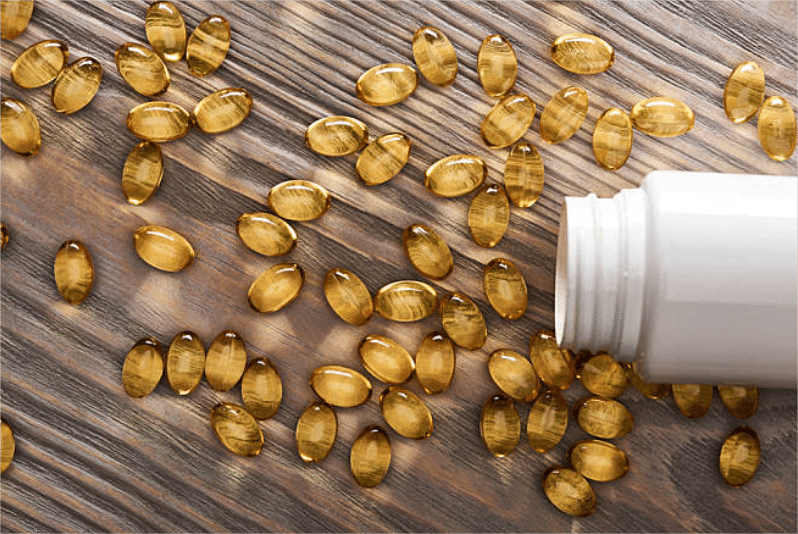Introduction
In cosmetics, skincare, and nutrition, two terms often encountered are Gelatin and Hydrolyzed Keratin. Both are popular ingredients in various products but serve different purposes and possess unique properties. This article aims to provide an in-depth comparison between Gelatin and Hydrolyzed Keratin, examining their origins, chemical structures, applications, and benefits.
1. Understanding Gelatin
1.1 Origin and Production
Gelatin is a protein derived from collagen found in the connective tissues of animals such as cows and pigs. The production of gelatin involves the partial hydrolysis of collagen. Collagen, a structural protein, is extracted from animal hides, bones, or connective tissues through boiling or acid treatment. This process breaks down the collagen into gelatin, which can be further processed into a powder or gel.
1.2 Chemical Structure
Gelatin is composed of long chains of amino acids that are primarily derived from collagen. Its structure is not fully intact as in native collagen but is broken into smaller peptides. These peptides can still form a gel when dissolved in hot water and cooled, giving gelatin unique gelling properties.
1.3 Applications
Gelatin is widely used in various industries due to its versatile properties:
- Food Industry: Gelatin is a gelling agent in candies, marshmallows, and gummy bears. It also functions as a thickener in soups and sauces.
- Pharmaceutical Industry: Gelatin is a critical ingredient in producing capsules and tablets. Its ability to dissolve in the stomach makes it ideal for drug delivery.
- Cosmetics: Gelatin is utilized in facial masks and other skincare products for its hydrating properties.
1.4 Benefits
Gelatin offers several benefits:
- Nutritional Value: Gelatin is rich in amino acids, particularly glycine and proline, which support joint and skin health.
- Digestive Health: Gelatin can improve gut health by supporting the integrity of the gut lining.
- Skin Health: The amino acids in gelatin contribute to skin elasticity and hydration.
2. Understanding Hydrolyzed Keratin
2.1 Origin and Production
Keratin is a fibrous structural protein found in hair, nails, and skin. Hydrolyzed Keratin is produced by breaking down Keratin into smaller, more easily absorbed peptides through hydrolysis. This involves treating Keratin with acids or enzymes to split it into smaller fragments.
2.2 Chemical Structure
Unlike gelatin, which originates from collagen, Hydrolyzed Keratin comes from the keratin protein found in human and animal hair and nails. The hydrolysis process yields smaller peptide fragments and amino acids, which can be incorporated into various products.
2.3 Applications
Hydrolyzed Keratin is used in various products, primarily in the cosmetic and hair care industries:
- Hair Care Products: A common ingredient in shampoos, conditioners, and treatments designed to strengthen and repair damaged hair.
- Skin Care: Hydrolyzed Keratin is used in moisturizers and anti-aging products due to its ability to improve skin texture and hydration.
2.4 Benefits
Hydrolyzed Keratin offers several benefits:
- Hair Strengthening: It helps to rebuild and strengthen hair strands, improving overall hair health and reducing breakage.
- Skin Hydration: The amino acids from Hydrolyzed Keratin help retain moisture in the skin, contributing to a smoother and more hydrated appearance.
- Repair Properties: It can aid in the repair of damaged hair and skin by replenishing essential proteins.
3. Comparative Analysis
3.1 Source and Composition
Gelatin and Hydrolyzed Keratin differ fundamentally in their sources:
- Gelatin: Derived from animal collagen, primarily from hides and bones.
- Hydrolyzed Keratin: Derived from Keratin, found in hair and nails.
The primary difference lies in their base proteins. Gelatin is a modified form of collagen, while Hydrolyzed Keratin is a processed form of the keratin protein.
3.2 Functional Properties
The functional properties of Gelatin and Hydrolyzed Keratin vary based on their applications:
- Gelatin: Known for its gelling and thickening abilities, it is widely used in food and pharmaceuticals.
- Hydrolyzed Keratin: Known for its strengthening and repairing properties, it is predominantly used in hair and skin care products.
3.3 Benefits for Skin and Hair
Both ingredients offer unique benefits for skin and hair:
- Gelatin: Primarily benefits the skin by improving elasticity and hydration. It supports joint health and can improve overall skin texture.
- Hydrolyzed Keratin: Specifically targets hair health by strengthening and repairing damaged strands. It also enhances skin hydration and texture.
4. Conclusion
In summary, Gelatin and Hydrolyzed Keratin are valuable ingredients but serve different purposes. Gelatin, derived from collagen, is known for its gelling properties and benefits to skin elasticity and joint health. Hydrolyzed Keratin, derived from Keratin, is primarily used for its strengthening and repairing effects on hair and its hydrating properties for the skin.
Understanding the differences between these two substances can help select the right products for specific needs, whether for dietary supplementation, cosmetic use, or therapeutic applications.




